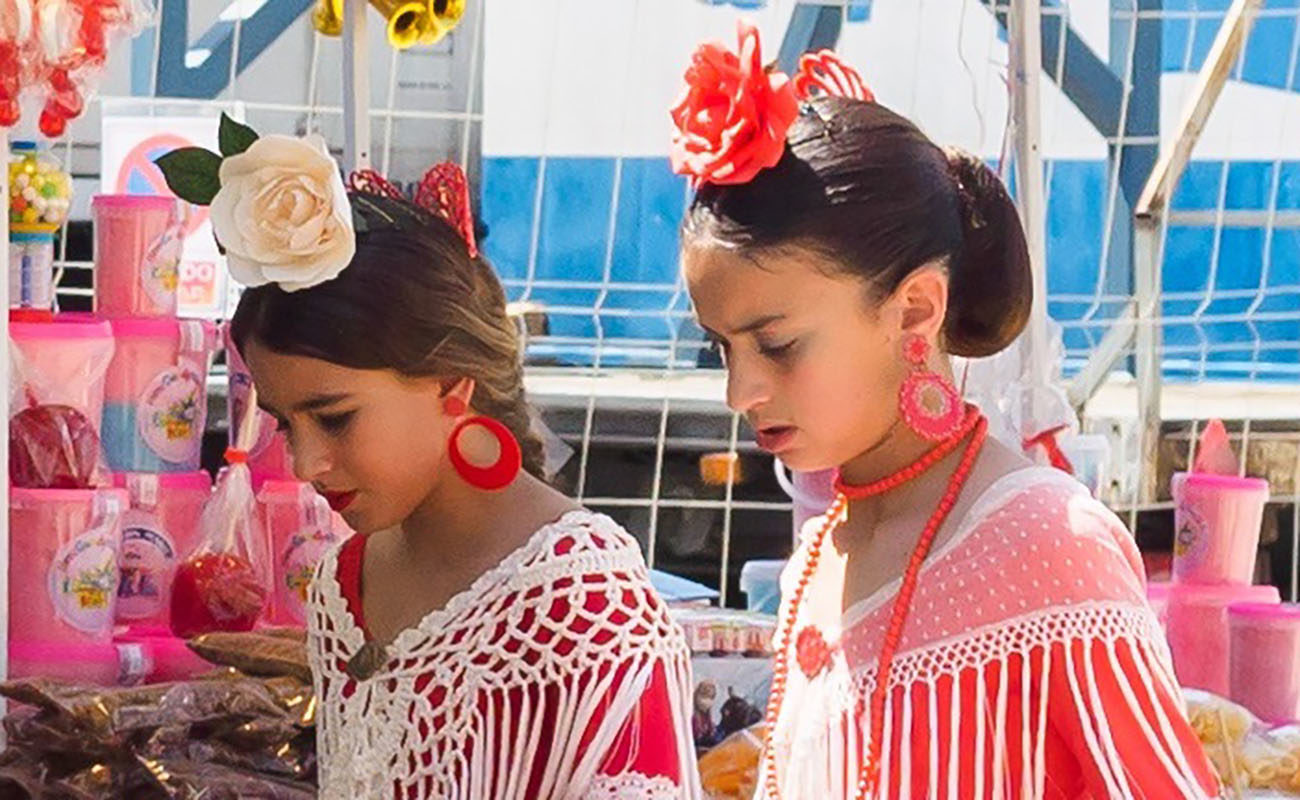Let’s not get carried away
Although nowadays in flamenco there are already young, talented and established artists such as Jesús Méndez, Antonio Reyes, Rancapino chico, Pedro el Granaíno, Marina Heredia, Toñi Fernández and many others, aficionados seem to be permanently expecting the arrival of the new messiah of cante, so any young performer they come across is often considered a new flamenco genius. Yet, when it comes to new performers, particularly if they’re

Although nowadays in flamenco there are already young, talented and established artists such as Jesús Méndez, Antonio Reyes, Rancapino chico, Pedro el Granaíno, Marina Heredia, Toñi Fernández and many others, aficionados seem to be permanently expecting the arrival of the new messiah of cante, so any young performer they come across is often considered a new flamenco genius. Yet, when it comes to new performers, particularly if they’re teenagers, it’s wise to be patient. I say this because I’ve been dealing with flamenco for over four decades and, while I’ve seen some artists become great stars of cante, I’ve also seen many performers become stranded in the way, if not fallen into the ditch, and into oblivion. I could give names, but I don’t think this is necessary because I’m sure they’re already in the minds of the readers, and I know that those who follow ExpoFlamenco are very smart and sensible.
It’s important to be careful with the child prodigies of cante, in particular, because it’s just wrong to give children false hopes, which then become frustrations. I’ve seen many cases like this in the last forty years, not only in cante, but also in baile and guitar. In soccer, too, which was another of my passions, but which nowadays I only watch from a distance. Perhaps that’s why I seldom lose my head whenever I hear about child cantaores in some town and people start talking about them as if they were new geniuses. For example, I could mention the cantaora Reyes Carrasco, awarded a first prize in the Festival del cante de las Minas and paraded on TV. Many times I’ve been asked why I don’t write about her, and I always answer that we must wait until she grows up and matures as a cantaora, because she may not make it.
Something similar is happening with another cantaor, the teenager Manuel de la Tomasa, from Seville, who is a grandson of the great master José el de la Tomasa. This means that he belongs to a clan of cante which includes geniuses such as Manuel Torres and superb performers like Manuel’s brother Pepe, or Pepe’s daughter La Tomasa. This clan also includes historical cantaores such as Joaquín Lacherna, Torres’ maternal uncle. The grandfather of this kid, José el de la Tomasa, is one of the few remaining active masters of cante. He’s also the great-grandson of a truly great cantaor, Pies de Plomo. That’s an impressive lineage, ensuring good flamenco genes. Yet, that doesn’t mean that this kid will end up becoming a professional cantaor, even if he certainly has plenty of qualifications.
Manuel de la Tomasa, Purili de la Línea, Reyes Carrasco, the guitarist David de Arahal… There are many more. Andalusia is still a fertile land for the art of flamenco, as it always has been, and new talent will keep appearing in the future. In the old days, such as after the Spanish Civil War (1936-1939) or during the great economic depression in the first two decades of the 20th century, such child prodigies were sometimes the main breadwinners of many families in Andalusia, often Gypsy. That was the case of Niña de los Peines, who with barely ten or twelve years old was her family’s provider, as her father was sick and his older brother Arturo had lost his voice.
Yet, the financial situation of the families in Andalusia has totally changed, and today they don’t suffer the same abject poverty as in previous years. So, the best thing we can do to help this new talent is allowing them to grow up, so they get properly trained in music academies or in their homes, and let time tell whether they’ll become stars in a music genre which still is quite difficult to master. If flamenco is inside them, they’ll succeed just fine.
Translated by P. Young






